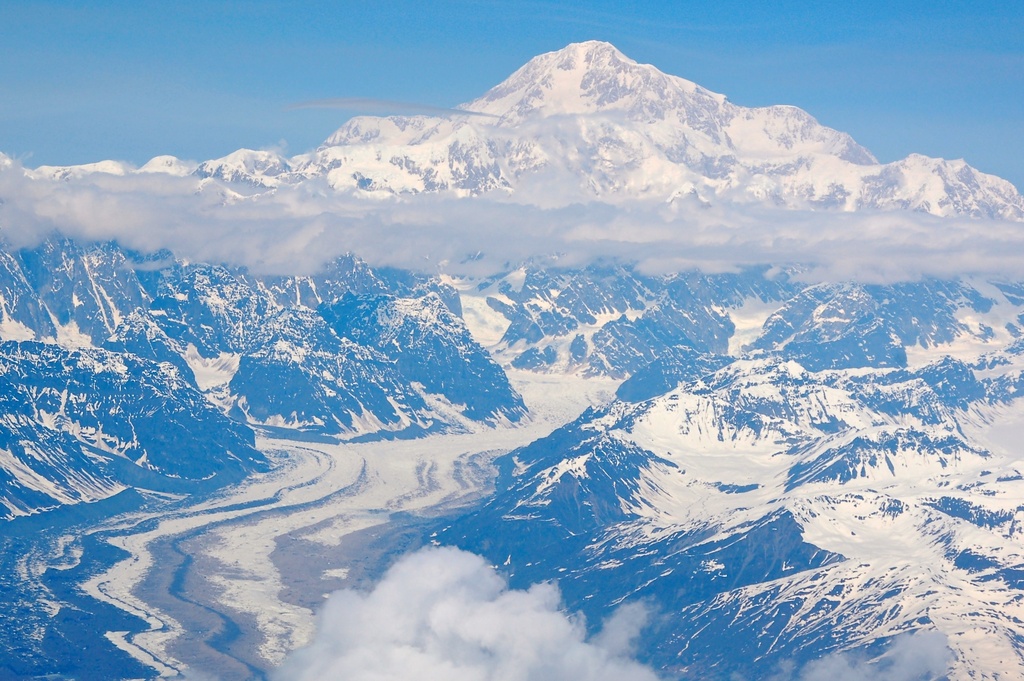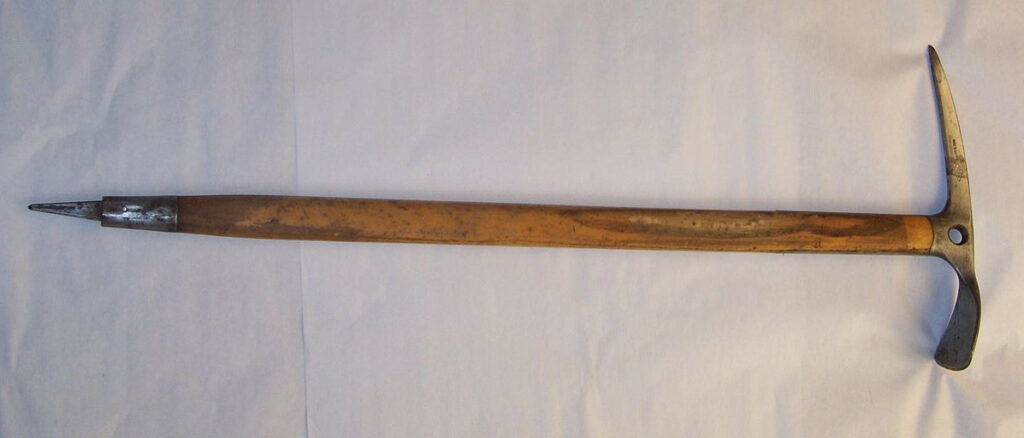How to Climb an Icy Mountain
Are you bored of everyday hikes and do you want to increase the excitement and danger of your outdoor expeditions? Then, climbing an icy mountain is for you. You’ll get to do something physically challenging that also has an elevated risk of death.

What Route and Icy Mountain to Choose?
Depending on your skill level, you’ll want to choose different hikes and routes. A well-traveled route that is non-technical might be a good starting point. A good example of this is the Avalanche Gulf trail on Mount Shasta in Northern California. This hike has no crevices you can fall into, which reduces the danger. It is also non-technical. You don’t need ropes. All you need to do to get up the mountain is to put one foot in front of the other.
Once you are more experienced, you can start doing more technical hikes that are more dangerous like Mount Rainier. You can use your American Express rewards points to book a flight to San Francisco or Seattle when you are ready to climb.
Get the Right Equipment
Ordinary boots or snow shoes won’t cut it. You’ll be ascending 45 degree slopes that are covered in ice in ideal conditions. If you try to walk up such a slope without the right equipment, you’ll slip and fall. To hike, you need true mountaineering boots. These booths have a metal sole that doesn’t compress as you walk. You’ll need to wear either crampons or snowshoes that have metal spikes in the bottom. Such outdoor equipment can usually be rented or purchased near the trailhead. The crampons will dig into the ice and allow you to climb just as easily as if you were walking on a sidewalk.
You can also get cross-country skis with friction skins to get up. Skiing is definitely the ideal way to get down the mountain, but if you aren’t a strong skier, you can walk down (very carefully) or glissade down.
Choose the Right Day
You’ll want to climb only in good weather conditions. This is to prevent your death in an avalanche and to make sure you don’t slip and fall when you are climbing or descending.
Specifically, you want to choose a day where it hasn’t rained or snowed much in the few weeks before the climb. This is to make sure there isn’t too much snow on the mountain that might dislodge and turn into an avalanche. You also want to choose a day where the temperature stays below freezing for the entire day. This is because you don’t want the snow to get slushy while you are climbing. If the snow starts melting even a little, rocks held in place only by ice will dislodge and roll down the mountain. One of them might hit you and kill you. You can wear more layers to keep yourself warm.
Practice Self-Arresting With an Ice Axe
Before you do your climb, practice sliding down a mountain and stopping your slide with an ice axe. Once you are in an uncontrolled slide, you want get your legs downhill, stick your butt out and push the ice axe into the ground, so that you stop sliding. If you are really good, you may be able to self-arrest without the axe, but it’s better to be safe than sorry. Here’s a good video of someone self-arresting.

Get in Shape
Climbing a 14000 foot mountain is no easy feat. Make sure you are physically well-prepared. The best way to get prepared is to hike part way up the mountain and down over the course of several days. If you can’t live near the mountain, you can also do a combination of running and weightlifting. Squats and deadlifts will increase your overall strength and ability to spring. Running will make sure you have a lot of endurance.
Wake up Early and Climb!
Try to get an Alpine start on the day of your climb. That is, get to the trailhead at 3:00 AM. The reason for this is that you want to climb while the mountain is still frozen to avoid the risks of rocks or avalanches killing you. Hard ice, in which your cramp-ons can dig into will also make it easier to both ascend and descend.
The climb will be challenging, but fun. Perhaps you can make it to the top of a 14000 foot mountain or maybe an even higher one.
Get Down the Mountain
If you are walking down the mountain, your descent will likely take twice as long as your ascent since you’ll need to be very careful to avoid slipping. This is another reason it is good to get an early start.
The best ways to get down though are to either glissade down or ski down. Glissading involves a controlled slide down the mountain where you stand on one foot while facing the downhill direction. You essentially skate down the mountain on your cramp-ons. Skiing down a mountain is just like backcountry skiing anywhere else. Be careful to not hit trees or rocks. If you can avoid them, you’ll get down the mountain in a fraction of the time it took you to get up. Make sure to keep a tree saw with you in case you get stuck in a tree well.
Happy climbing! If you follow this guide, you may be able to make it up an icy mountain safely.







